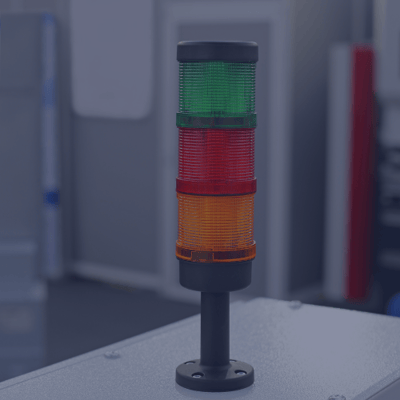Test Case Coverage
Providing assurance that your products are ready to transition to the next phase of the product lifecycle.
Test Case Coverage Analysis
Test Case Coverage is an essential part of Testing Strategy. Too little testing can result in unsatisfied customers if they receive defective products, but too much (or unnecessary) testing can reduce profit and lead to unsatisfied management. Finding the right balance is achieved through Test Case Coverage Analysis when creating the testing strategies for the product.
Test Case Coverage Core Competencies
Requirements Review
Development Testing
Production Testing
Frequently Asked Questions
What is Test Case Coverage Analysis?
Test Case Coverage Analysis ensures that a product's requirements are satisfied via testing. Test Case Coverage Analysis must start with well-documented and detailed requirements or specifications. These serve as a reference point for determining how many tests are necessary to assure that the product will satisfy its intended purpose.
What is Design Assurance Testing?
Design Assurance Testing (often called "Development Testing") shows whether a product's integrated hardware and software performs its intended purpose as defined by the product requirements. Design Assurance Testing is performed before a product is moved into the production phase. For complex products, Design Assurance Testing can be a lengthy process as much of the product's functionality is accomplished in its software.
What is Production Testing?
The goal of production testing is to ensure that a product has been built correctly and contains no latent defects. Test Case Coverage Analysis uses the specifications, along with any schematics and manufacturing drawings, to determine what test to perform in order to efficiently detect these kinds of defects.
How Do You Ensure Adequate Test Case Coverage?
Performing exhaustive testing on a product can be impractical (even impossible) due to extremely large input data space. Instead, you can analyze the requirements to identify the operating modes that must be covered and then specify the test inputs to exercise those modes and edge conditions. For mission-critical products, additional assurance that the tests cover all operating modes can be demonstrated by monitoring the software exercised during testing.
BLOG POST
How Do You Know When You Have Enough Tests? (Or Too Many?)
Too little testing can result in unsatisfied customers if they receive defective products, but too much (or unnecessary) testing can reduce profit and lead to unsatisfied management. Finding the right balance is achieved through Test Case Coverage Analysis when creating the testing strategies for the product.
WHITE PAPER
How To Purchase A Test System Without A Requirements Document
Development of a new test system is typically driven by a statement of requirements, but with new and emerging technologies, those requirements may not be defined (yet). In this white paper, we discuss how designing a robust and thorough test system can still be possible while also setting you up to meet future requirements.







